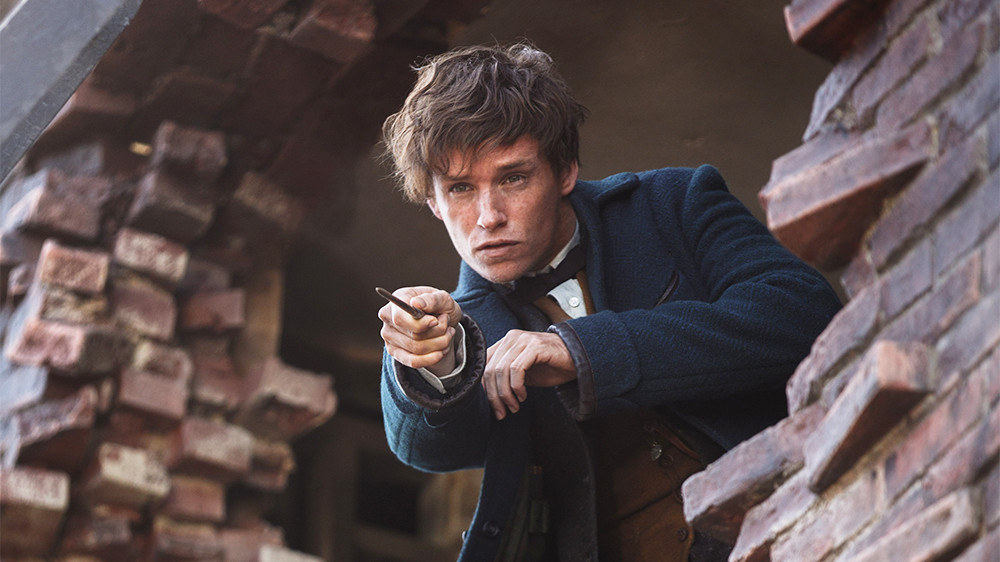
An old adage says that everything is political. I hope that’s not true, because I don’t want everything to remind me of America’s political situation. According to the great Director Douglas Sirk, a political film can only work if its message is smuggled into its story, rather than made plain for the audience. For better or worse, these ten films followed Sirk’s advice and their political subtexts may have gone over your head.
1. Indiana Jones and The Kingdom of The Crystal Skull
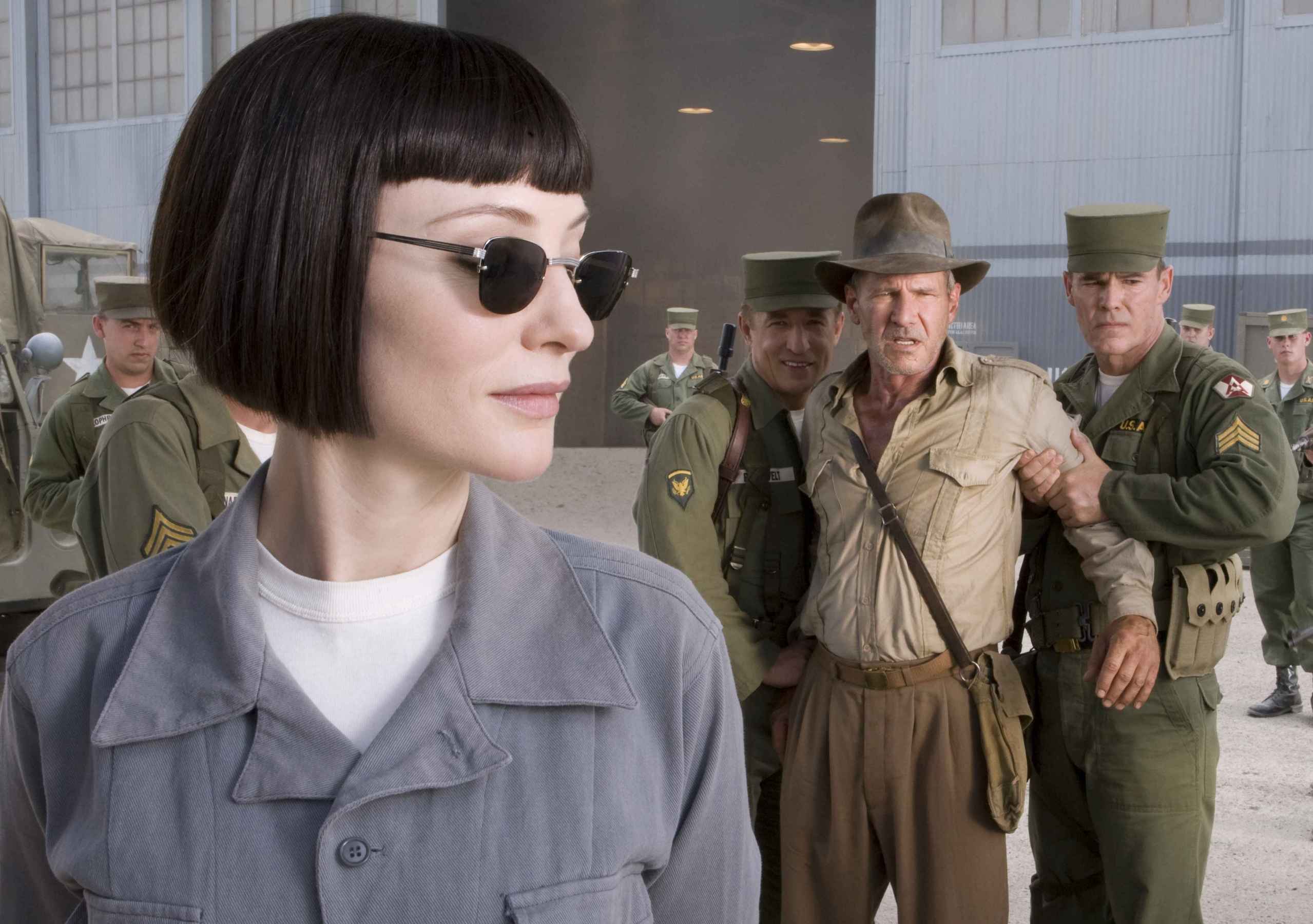
Here, Spielberg made the unthinkable: a Hollywood blockbuster for Stalinists. Upon its release in 1983, Indiana Jones and The Temple of Doom was briefly banned in India due to its depiction of the Hindu goddess Kali as malevolent.
When Spielberg decided that the villains of the series’ fourth installment would be the Russians, he was apparently worried about creating a similar firestorm. His solution was to put the film’s American protagonist and Soviet antagonists on the same moral playing field.
Spielberg does this by showing us that 1950s America was not perfect, though oddly the only American imperfection he highlights is the Red Scare. And what did we even have to be afraid of? After all, our villain Irina Spalko (played by Cate Blanchett as Bela Lugosi with a bob) might want to take over the world via mind control, but the filmmakers take care to note that she’s just a patriot helping her country.
This whole mess feels like it was written by one of those Marxist Twitter accounts which loves explaining to people that Communism’s body count of 100 million is excusable because, actually, America has done bad stuff too.
This is an especially big problem because Crystal Skull wasn’t made by a Marxist intellectual like Jean-Luc Godard or Sergei Eisenstein, but by the wealthiest director capitalism has produced thus far. It’s more ridiculous then someone surviving a nuclear blast by hiding in a fridge.
2. Poltergeist
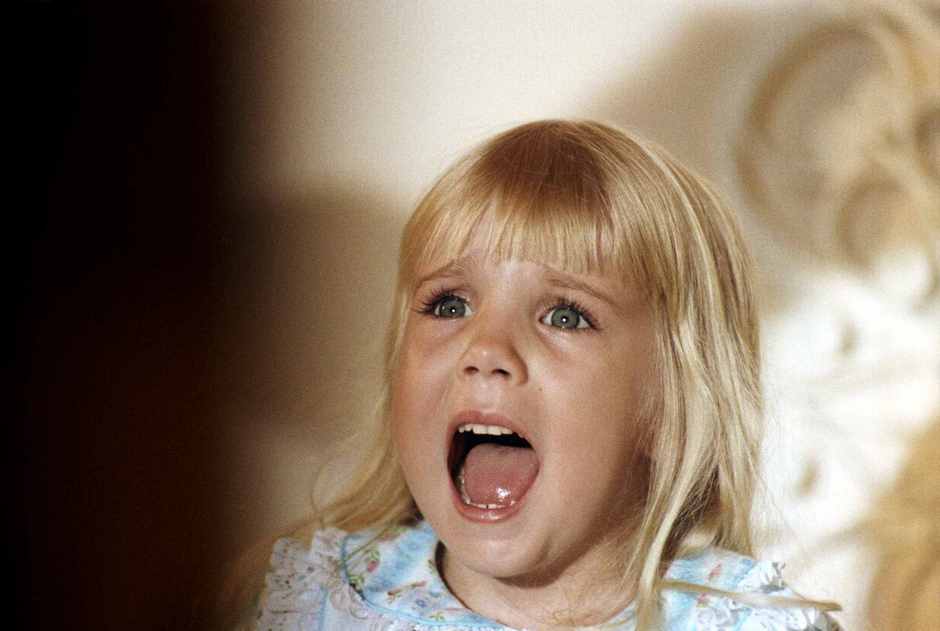
The plot of Poltergeist is about a white suburban family who were unknowingly sold a house built on an Indian burial ground. The Native Americans spirits aren’t too happy about this development and decide to abduct the youngest member of the family, the blue-eyed blonde-haired Carol Anne, into their ghostly alternate dimension.
Given the origin of this supernatural manifestation, it’s easy to see the ghosts as symbolizing Indigenous people fighting back against their colonizers. Their decision to capture a young girl even mirrors how Native Americans would sometimes kidnap children and raise them when they attacked pioneer settlements.
In that way, Poltergeist could be read as a radical anticolonial text, prefiguring Quentin Tarantino’s Django Unchained, if not for the fact that it paints the ghosts as unequivocally evil. What did you expect from the Reagan years?
3. Maleficent
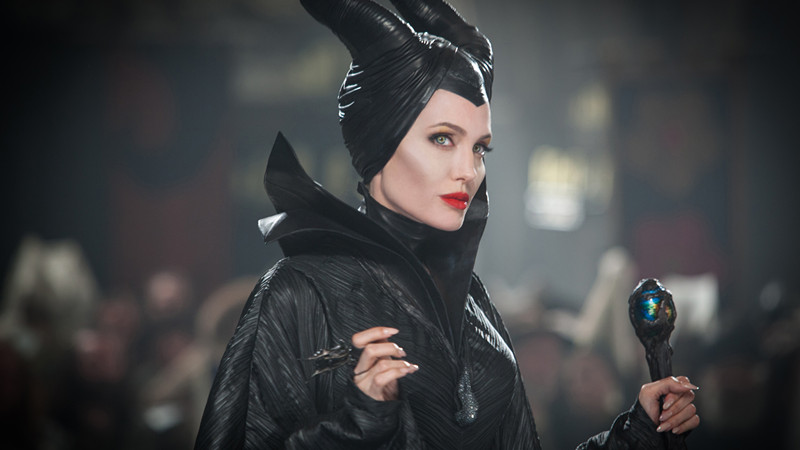
Walt Disney’s favorite of his own films, Sleeping Beauty, is a classic as beautifully animated as it is timeless. Given that the central conflict in the film is powerful women, the three good fairies and the evil fairy Maleficent, and the fact that the prince was only able to save the princess thanks to help that he received from women, Sleeping Beauty is considerably more feminist than the Disney princess films that came before it.
However, most feminist readings of Sleeping Beauty focus on the title characters helplessness and see it as an anti-feminist movie. The creators of Maleficent hold the majority opinion and try to subvert nearly every aspect of the original film for the sake of making a progressive picture.
This time around, Maleficent is a kind-hearted fairy who only becomes evil after a man-king Stefan, who was barely present in the original film, but is the main antagonist here – drugged her and cut her wings off in a sequence that was designed by the film’s creators to make the adults in the audience think of rape.
This time, Sleeping Beauty and the prince don’t fall in love and his kiss doesn’t wake her up leaving her to be saved by a strong woman-Maleficent. There’s also a subplot about the importance preserving the environment which feels especially tacked on considering that it’s not subverting anything, the original Sleeping Beauty wasn’t some paean to pollution.
Maleficent kind of hates men, which isn’t unheard of in feminist art but does break ground in another way; it’s probably the first remake that hates the film it’s based on.
4. Fantastic Beasts and Where To Find Them
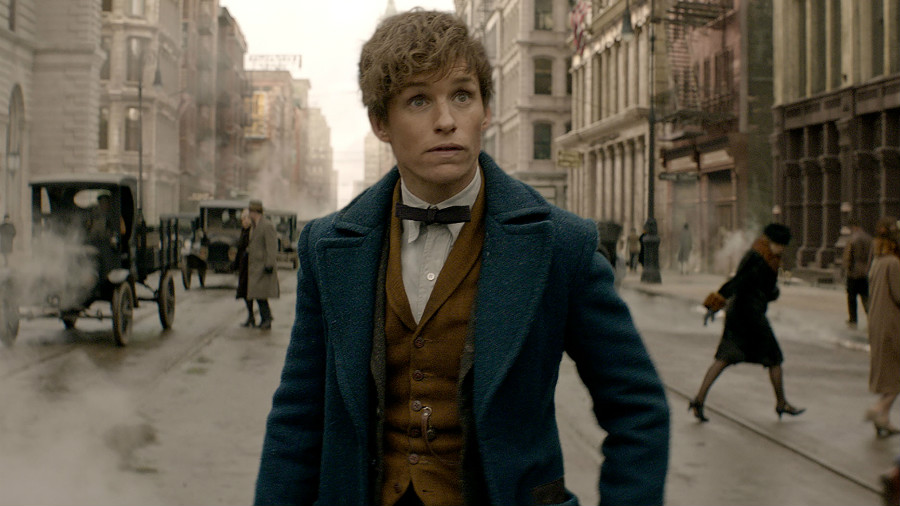
As the Harry Potter saga wore on, J. K. Rowling decided that it needed to be about something more important than potions and broomsticks. Suddenly, the series become an allegory about the horrors of racism with Voldemort and company becoming Nazis with wands.
Fantastic Beasts and Where to Find Them, whose screenplay was written Rowling, continues her late-stage unwillingness to produce pure escapism and features pot shots aimed at the Christian right.
The film’s main villains, besides the barely glimpsed Grindelwald, are the Salem Society, an anti-witchcraft group whose very name signals laziness on Rowling’s part. Why would any anti-magic group be dumb enough to associate themselves with the Salem witch trials?
No film exists in a vacuum, and it’s impossible to see Rowling’s choice of a villain as anything but a slight against all those Christian parents who wouldn’t allow their children to read Harry Potter. The film might have felt more prescient if it was released during the Bush years, but at this point, Rowling criticizing Christian conservatives comes across as hilariously bitter.
Rather than reveling in the fact that she’s made more money than any other author in history, including those with far more talent, Rowling instead decides to get angry at the one demographic that won’t fatten her wallet. Someone could use a butter beer.
5. Men in Black
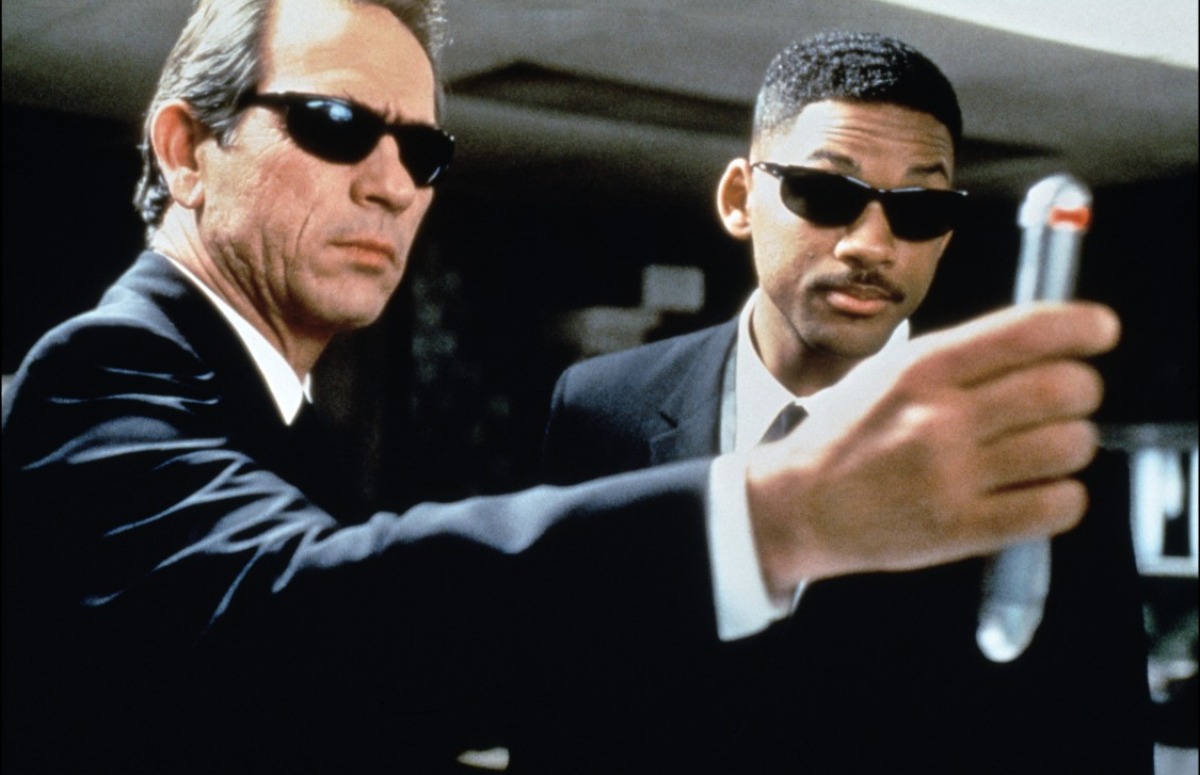
One of the most popular blockbusters of the Clinton years, Men in Black somehow feels like a rebuttal to Trumpian anxieties over immigrants. The premise: earth is a politically neutral zone for extra-terrestrial political refugees, who disguise themselves as humans and are, for the most part, peaceful.
It’s a fine idea for a film that would look especially brilliant if it were released today, but don’t confuse pre-science for artistry. Tommy Lee Jones’ big political monologue, comparing immigrants to friendly alien visitors, is about as subtle and graceful as a flying saucer crash landing in your backyard.
Compared to other huge hits from the same era, like Jurassic Park or The Matrix, Men in Black has had very little cultural staying power. The people who do remember it rarely remember its political dimension, probably because it doesn’t really tie into the film’s main plot very well, which is actually about Jones’ and Will Smith tracking down a bad alien hombre.
And for all his progressive intentions, director Barry Sonnenfeld made the odd decision to literally dehumanize immigrants by comparing them to extraterrestrials. Perhaps Men in Black isn’t ahead of its time.